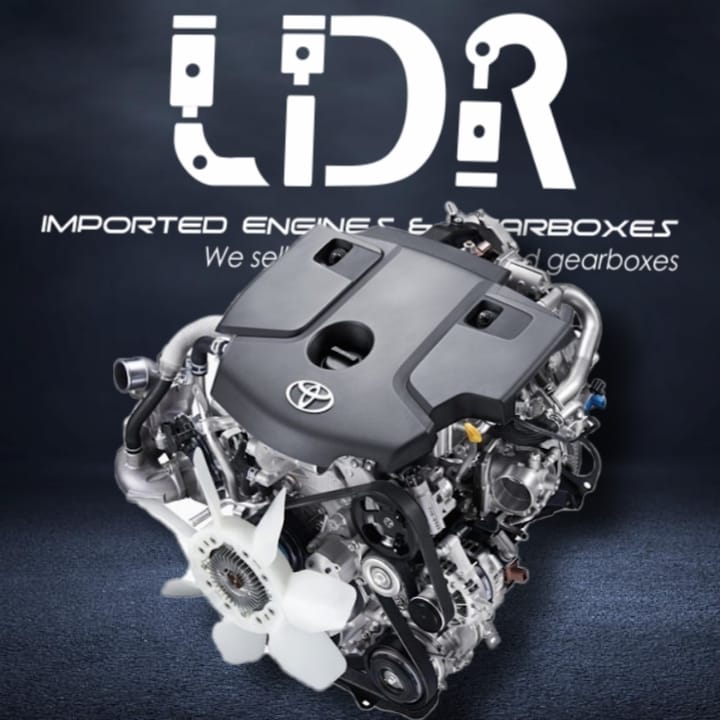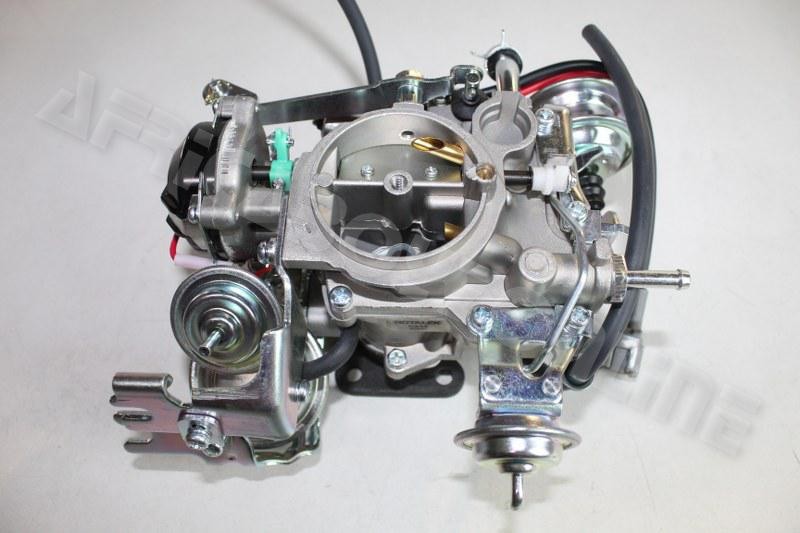How the Toyota Tazz Became a Staple in the Compact Car Market
How the Toyota Tazz Became a Staple in the Compact Car Market
Blog Article
Check Out the current Fads in Engine Technology Through Tazz
In the swiftly progressing landscape of vehicle innovation, Tazz stands at the forefront, highlighting substantial innovations in engine systems that prioritize both development and sustainability. From hybrid engines that maximize fuel efficiency to the appearance of hydrogen gas cells, the trends forming contemporary powertrains are not only boosting efficiency but additionally attending to vital environmental obstacles.
Hybrid Engine Innovations
Crossbreed engine advancements represent a crucial shift in automotive modern technology, integrating the advantages of interior burning engines with electric propulsion systems. This integration not just enhances fuel efficiency however also minimizes emissions, conference increasingly rigorous environmental laws. By utilizing both energy sources, hybrid engines can maximize efficiency, supplying power when needed while conserving fuel during less demanding motoring problems.
Current improvements in hybrid technology consist of enhancements in battery efficiency and regenerative stopping systems. These innovations permit better power recuperation during deceleration, which can be rerouted to aid in acceleration or power accessory systems. Furthermore, producers are concentrating on compact designs and lightweight products to take full advantage of the performance of crossbreed powertrains.
The advancement of plug-in hybrids has actually additionally increased the marketplace, enabling drivers to charge their cars utilizing common electric outlets. This attribute usually enables for significant all-electric range, further decreasing dependence on conventional fuels. tazz. As the automobile market remains to develop, hybrid engine innovations are expected to play an important function in connecting the gap between conventional vehicles and completely electric designs, offering a transitional solution that caters to varied customer requirements and preferences
Advancements in Electric Powertrains
The automotive landscape is rapidly advancing, with electrical powertrains becoming a leading force in lasting transport. Developments in electric vehicle (EV) modern technology are dramatically improving effectiveness, performance, and customer experience. Key technologies include improvements in battery chemistry, which have actually increased power density, lowered charging times, and expanded general battery life.
Solid-state batteries, as an example, guarantee to transform the marketplace by offering better security and performance compared to typical lithium-ion cells. Additionally, innovations in regenerative braking systems are making it possible for cars to recoup energy throughout deceleration, adding to general effectiveness.
In addition to battery innovation, electrical motor designs are ending up being much more advanced. Innovations such as integrated electric motors and progressed thermal monitoring systems are helping to enhance power distribution and reduce weight, ultimately boosting vehicle dynamics.

Jointly, these developments highlight the commitment to transition towards cleaner, more reliable transport remedies, placing electric powertrains at the forefront of automotive innovation.
The Surge of Hydrogen Gas Cells
Progressively, hydrogen fuel cells are gaining grip as a sensible option to conventional inner burning engines and battery electrical automobiles. This innovation harnesses the chemical power kept in hydrogen, converting it right into power with an electrochemical reaction with oxygen. The key by-product of this process is water, making hydrogen gas cells an eco-friendly alternative with no emissions at the tailpipe.

Automakers are progressively spending in hydrogen gas cell modern technology, recognizing its potential for long-range applications and fast refueling abilities that measure up to standard gas. Additionally, industries such as durable transport and public transit are especially appropriate for hydrogen gas cells, where battery electrical remedies might drop short as a result of weight and array constraints.
As study and financial investment proceed to increase, explanation hydrogen gas cells are positioned to play a substantial duty in the future landscape of tidy transport and power remedies.
Enhancements in Internal Burning Engines
Advancements in interior combustion engine (ICE) technology are changing standard cars to meet modern-day environmental standards and efficiency expectations. Straight fuel shot, for instance, allows for far better atomization of fuel, leading to even more total burning and improved power output.
In addition, turbocharging has obtained importance, permitting smaller engines to supply higher efficiency without the weight of larger engines - tazz. This modern technology not only enhances effectiveness yet likewise adds to reduce gas consumption. Variable shutoff timing systems are also being fine-tuned, enabling engines to adapt to numerous driving conditions for boosted torque and responsiveness
Moreover, making use of light-weight materials in engine building and construction is becoming common, further improving gas efficiency by minimizing total car weight. Engine control systems (ECUs) are significantly sophisticated, allowing real-time changes that optimize performance and exhausts.
These improvements collectively represent a crucial change in ICE technology, lining up with global sustainability goals while still giving the efficiency chauffeurs get out of their automobiles. As the market advances, these renovations remain to shape the future of conventional vehicle design.
Future Fads in Engine Performance
Significant advancements in engine efficiency are expected as producers concentrate on incorporating innovative modern technologies to fulfill rigorous ecological laws and customer needs. The change in the direction of electrification, crossbreed systems, and alternate gas is reshaping the automobile landscape, driving developments that improve fuel economy and decrease emissions.
One of the key fads is the execution of innovative products and producing methods. High-strength alloys and light-weight compounds contribute to decreased vehicle weight, thus boosting general effectiveness. Additionally, the adoption of turbocharging and variable shutoff timing innovations enables for improved power result from smaller sized engines, even more enhancing gas economic climate.

Conclusion
Finally, the exploration of engine modern technology reveals considerable advancements that prioritize sustainability and performance. Developments in crossbreed engine systems, electric powertrains, and hydrogen fuel cells show a commitment to decreasing exhausts while enhancing performance. Enhancements in inner combustion engines and a focus on light-weight products add to total engine efficiency. As the automotive industry proceeds to evolve, these patterns will play a vital duty fit a cleaner and more sustainable Homepage future for transportation.
From crossbreed engines that maximize gas performance to the emergence of hydrogen fuel cells, the trends shaping modern powertrains are not only enhancing performance but also addressing vital environmental difficulties.Hybrid engine developments represent a pivotal shift in automotive modern technology, incorporating the advantages of inner burning engines with electric propulsion systems.Additionally, turbocharging has obtained prestige, permitting smaller engines to deliver higher efficiency without the weight of bigger engines. Furthermore, the adoption of turbocharging and variable shutoff timing modern technologies enables for enhanced power output from smaller sized engines, additionally improving fuel economic situation.
Renovations in interior combustion engines and an emphasis on light-weight materials Visit Website add to general engine efficiency.
Report this page